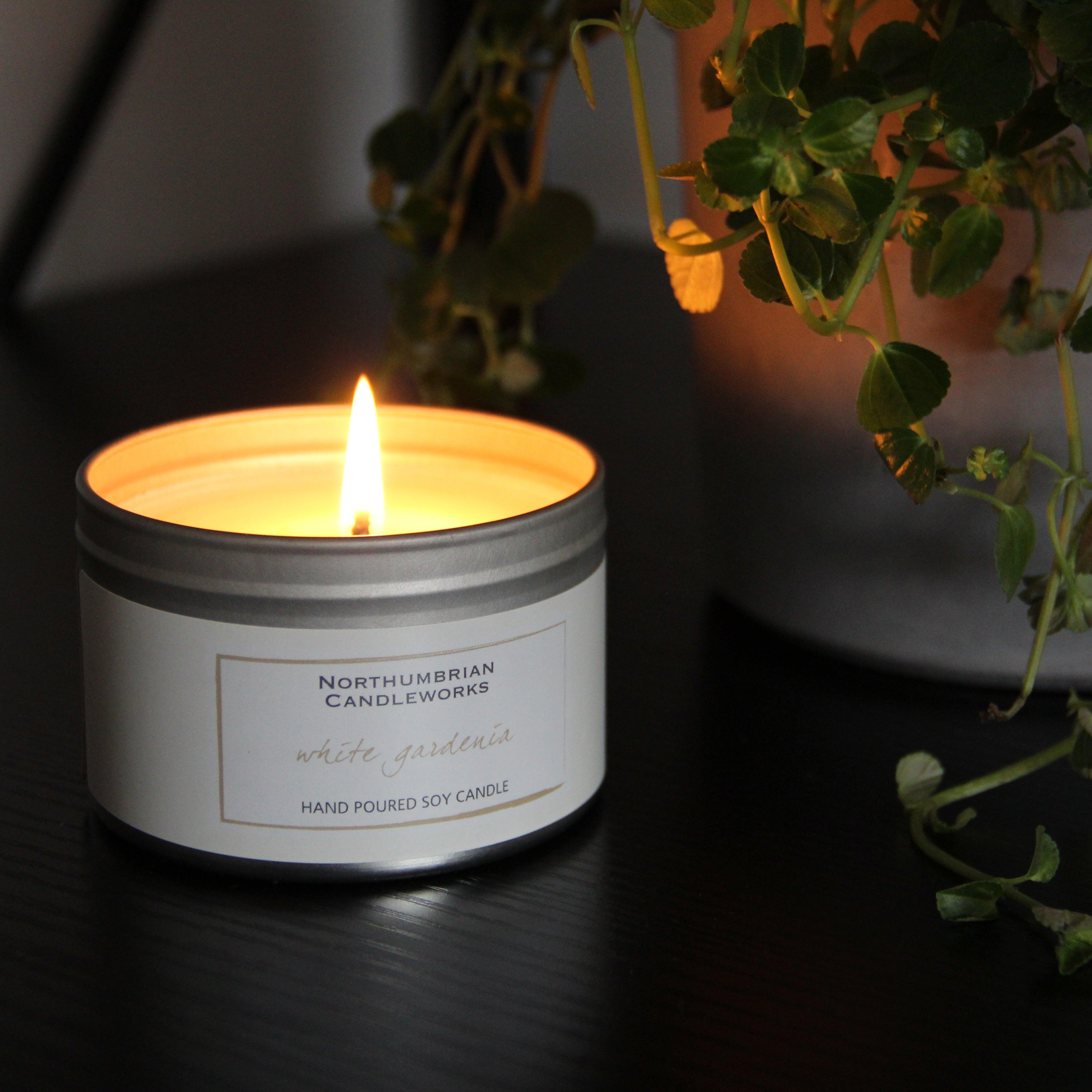Transform Your Home with Eco-Friendly Soy Candles and Home Fragrance
Wiki Article
From Wick to Wax: Comprehending the Chemistry Behind Soy Wax Candles and Their Ecological Influence
As we brighten our spaces with the cozy glow of candles, there exists a realm of detailed chemistry behind the seemingly simple act of lighting a soy wax candle. Join us as we decipher the scientific details behind soy wax candles and discover their ramifications on our environment.Soy Wax Vs. Paraffin Wax
When comparing soy wax and paraffin wax for candle light production, it is necessary to recognize the distinct attributes and advantages of each product. Soy wax is a natural, renewable energy originated from soybean oil, making it environment-friendly and eco-friendly - crystal soy candles. In comparison, paraffin wax is a result of petroleum refining, which increases problems concerning its environmental influence and sustainabilitySoy wax candles shed cleaner and send out much less soot compared to paraffin wax candles, making them a healthier choice for indoor air high quality. Additionally, soy wax has a reduced melting factor, permitting a longer-lasting candle light that spreads fragrance extra successfully. Paraffin wax, on the other hand, tends to shed faster and less easily, potentially launching dangerous chemicals into the air.
From a sustainability perspective, soy wax is preferred for its biodegradability and eco-friendly sourcing, aligning with the expanding customer choice for environmentally conscious items. While paraffin wax has been a traditional selection in candle making due to its price and ease of usage, the change in the direction of eco-friendly options like soy wax is gaining momentum in the sector.
Chemical Structure of Soy Wax

Combustion Refine in Soy Candles
The chemical make-up of soy wax directly affects the combustion process in soy candles, impacting elements such as melt time, scent launch, and ecological influence. When a soy candle light is lit, the warm from the flame melts the wax near the wick. This fluid wax is after that prepared the wick because of capillary action. As the liquid wax gets to the fire, it evaporates and goes through burning. The burning process entails the vaporized hydrocarbons in the wax reacting with oxygen in the air to produce heat, light, water vapor, and co2.
The combustion efficiency of soy candle lights is affected by the pureness of the soy wax and the quality of the wick. Furthermore, soy wax candles have a lower environmental influence contrasted to paraffin candle lights due to their biodegradable and sustainable nature.

Ecological Advantages of Soy Wax

Taken into consideration a sustainable alternative to standard paraffin wax, soy wax offers significant ecological benefits that make it a preferred choice among eco-conscious customers. Soy wax burns cleaner and generates less residue than paraffin wax, adding to better interior air quality and lowering the demand for cleansing and upkeep. In general, the environmental advantages of soy wax line up with the expanding need for environmentally friendly and sustainable products in the market.
Recycling and Disposal Considerations
Recycling and correct disposal of soy wax candle lights play a crucial over at this website role in keeping environmental sustainability and lowering waste in households and communities. The first step is to ensure that the candle light has shed completely when it comes to recycling soy wax candles. This can be accomplished by permitting the candle light to burn till the wick is Check Out Your URL no much longer useful, and then letting the remaining wax cool and solidify. As soon as the wax has actually solidified, it can be thoroughly eliminated from the container.
In regards Discover More Here to disposal, if recycling is not an alternative, soy wax candles are biodegradable and can be securely gotten rid of in the majority of household waste systems. It is constantly advised to check with regional recycling facilities or waste monitoring solutions for particular standards on candle disposal to ensure appropriate handling and environmental defense.
Verdict
In final thought, the chemistry behind soy wax candles reveals their ecological advantages over paraffin wax candle lights. Soy wax, obtained from soybean oil, burns cleaner and generates much less residue when compared to paraffin wax.When contrasting soy wax and paraffin wax for candle making, it is important to understand the distinct attributes and benefits of each material (soy wax candles).Soy wax candles melt cleaner and produce much less soot compared to paraffin wax candle lights, making them a much healthier choice for interior air quality.Thought about a lasting alternative to traditional paraffin wax, soy wax uses remarkable environmental advantages that make it a preferred selection amongst eco-conscious consumers. Soy wax burns cleaner and generates much less residue than paraffin wax, adding to better indoor air quality and reducing the need for cleansing and maintenance.In conclusion, the chemistry behind soy wax candle lights reveals their ecological advantages over paraffin wax candles
Report this wiki page